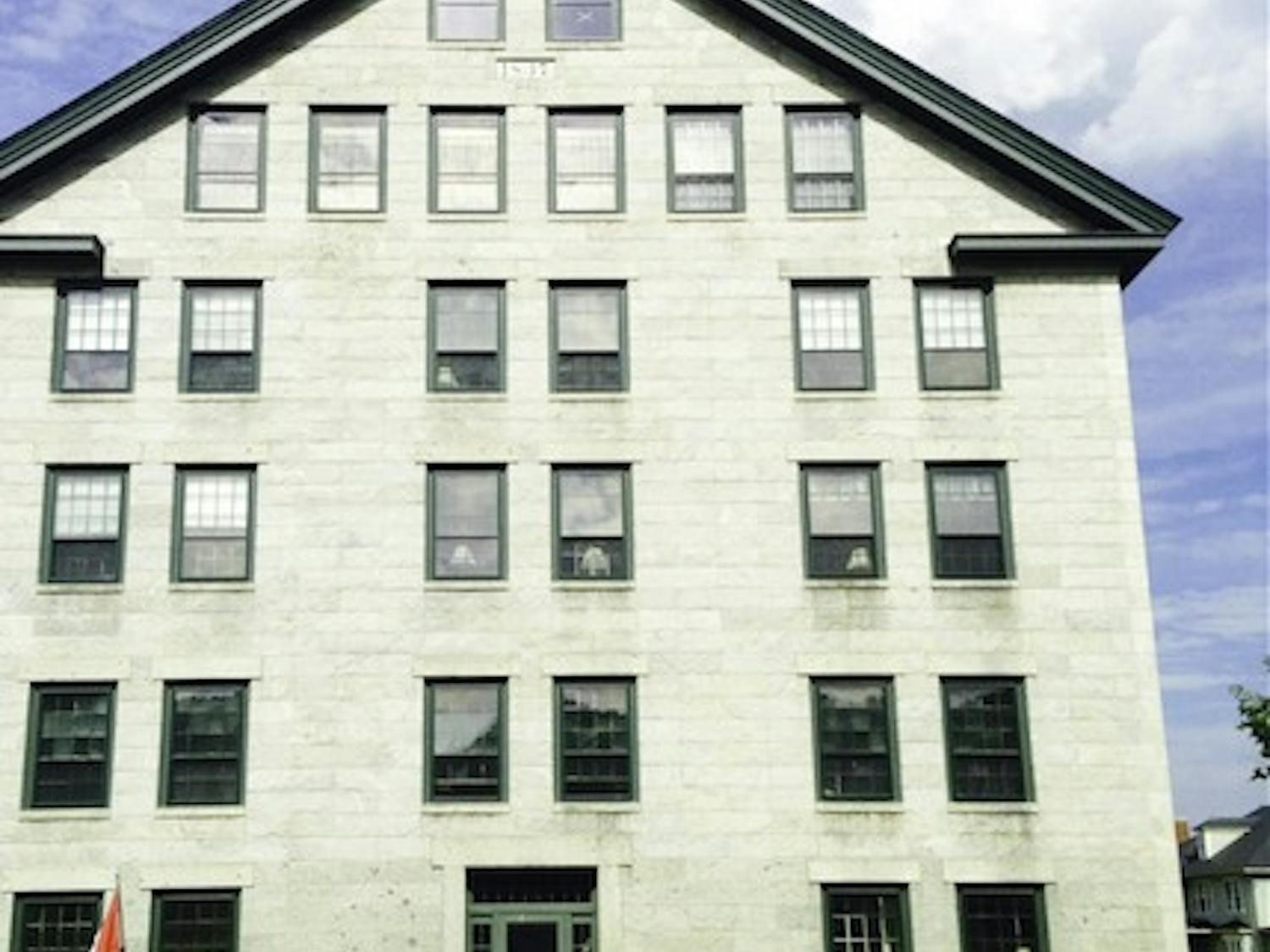‘Boyhood’ (2014) an honest homage to growing up, youth
Following the growth of Mason (Ellar Coltrane) from age 6 to 18, "Boyhood" (2014) captures the midnight Harry Potter book releases, the Britney Spears songs and the Razr phones vital to the childhoods of Generation Y. On the way, the film wins viewers over with its honest, moving depiction of the trials and tribulations of growing up.

